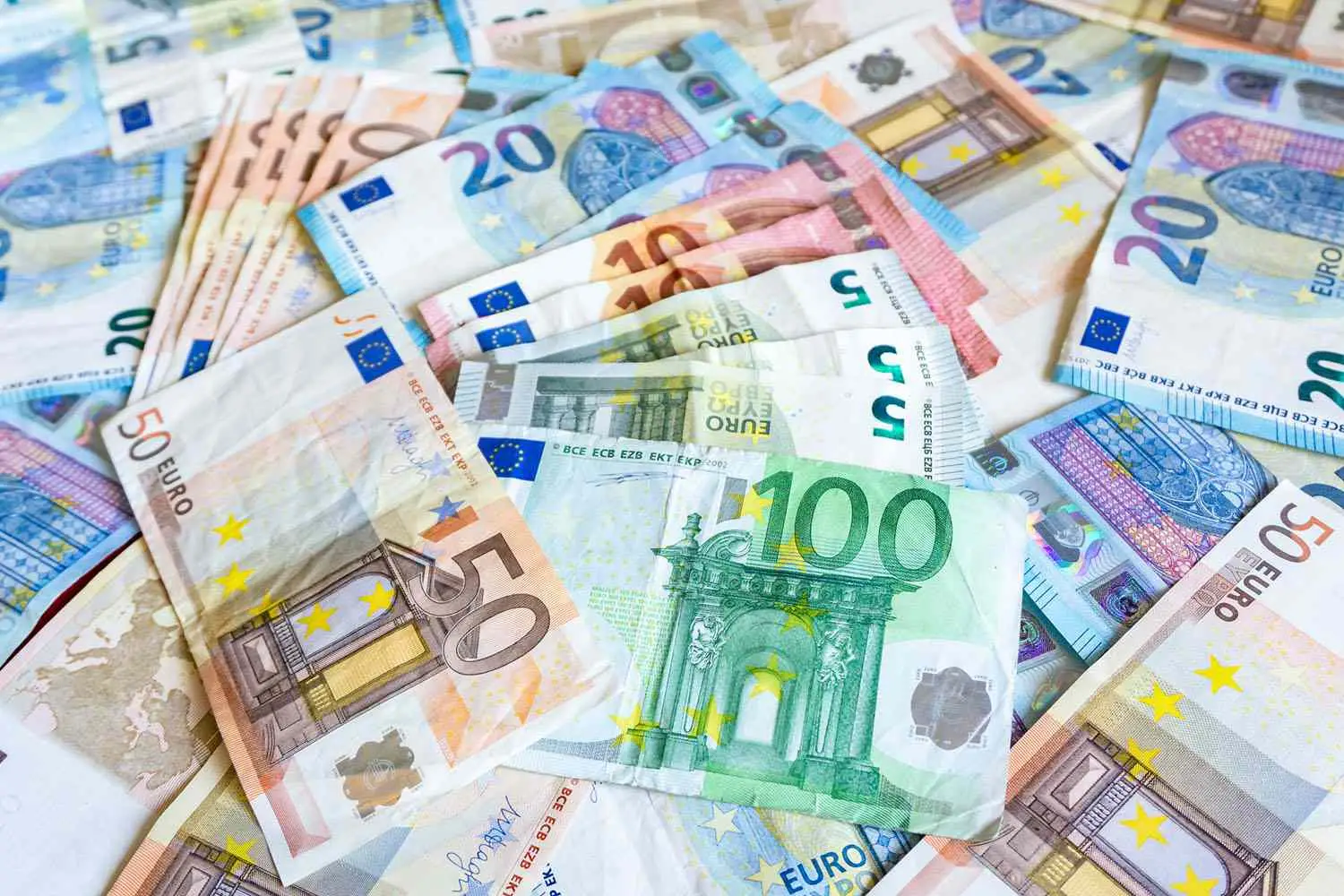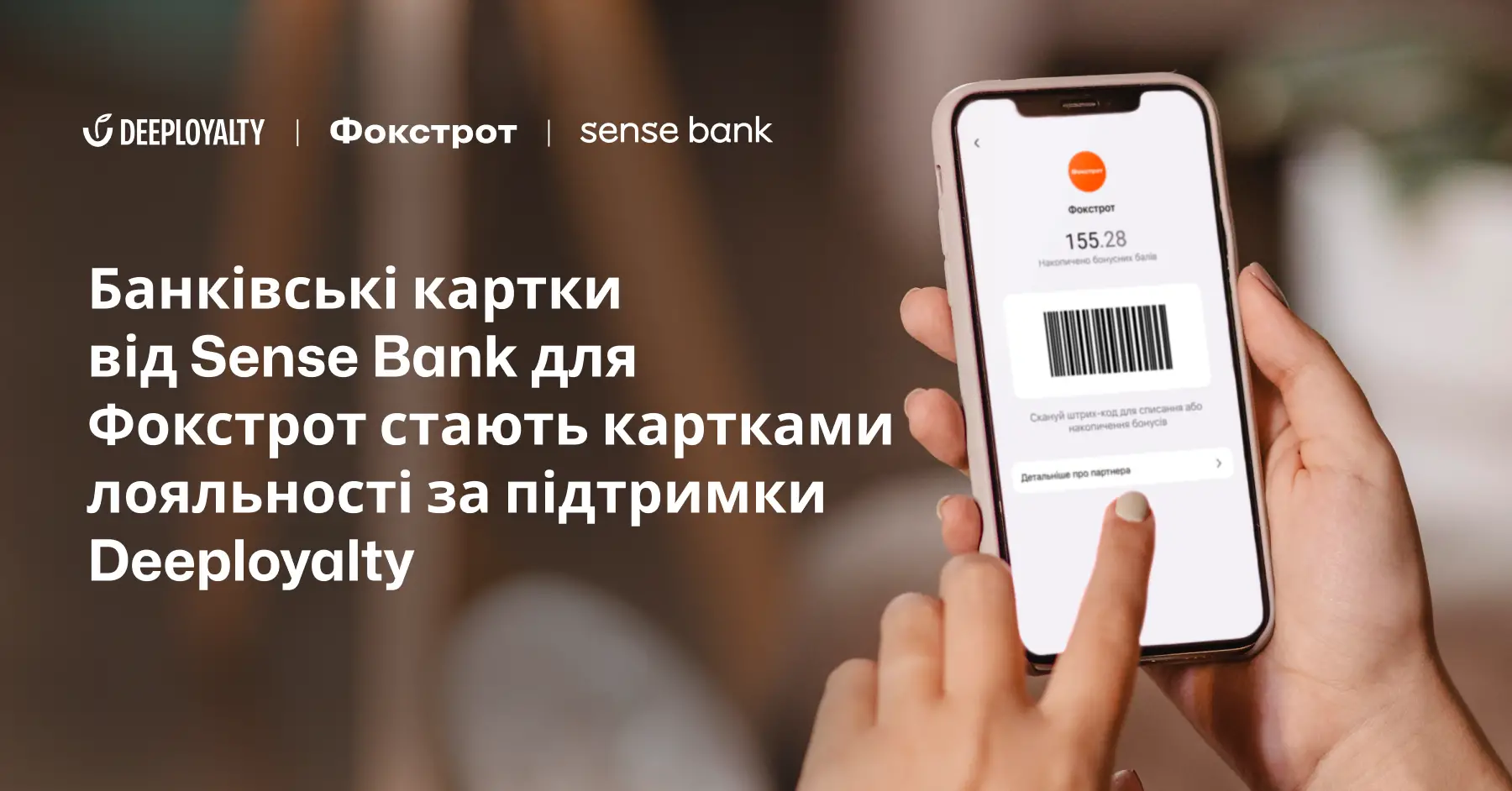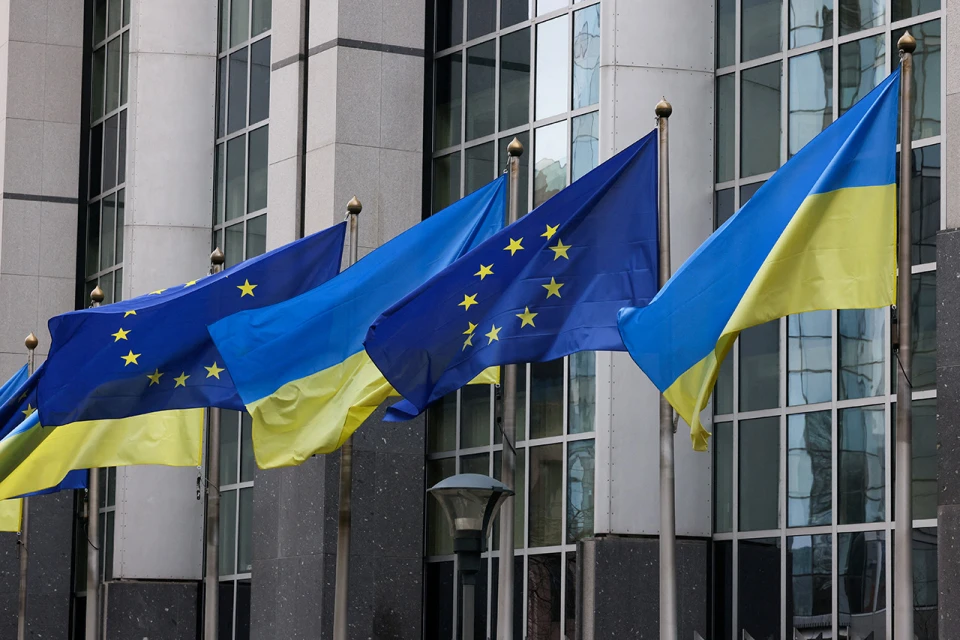EU Residents' Cross-Border Finances: Notable Rise in Outflows in 2022

Eurostat Data Reveals Trends in Personal Transfers and Compensation of Employees
In 2022, personal transfers from residents of the European Union (EU) to non-EU countries experienced a substantial uptick, reaching €43.5 billion—a significant 14% surge from the previous year's €38.2 billion. Concurrently, inflows to the EU also saw a notable increase, climbing by 10% to reach €13.5 billion, compared to €12.4 billion in 2021.
According to Eurostat, these financial flows, commonly termed personal transfers, encapsulate the money sent by migrants to the households of their countries of origin.
Changing Dynamics: A Five-Year Perspective on Extra-EU Flows
Over the last five years, a remarkable growth trajectory has emerged in extra-EU outflows. Since 2018, outflows have surged by an impressive 41%, while inflows demonstrated a more modest growth pattern, registering an increase of just 15%. Consequently, the EU witnessed a widening negative balance vis-à-vis non-EU countries, reaching €30.0 billion in 2022.
Insights from Eurostat's Detailed Data
Eurostat's recent publication on personal transfers and compensation of employees provides a comprehensive view of the evolving trends in cross-border financial activities. The following key findings offer insights into the intricate dynamics:














